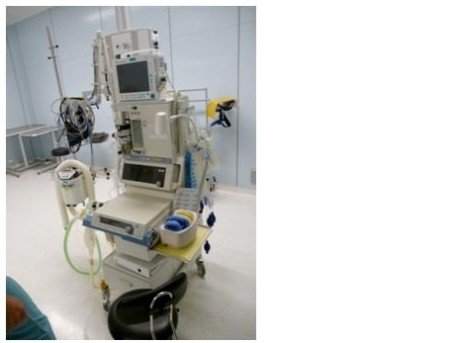The topic of usability is becoming increasingly important. Even in areas where safety plays an important role, the usability of devices is increasingly being taken into account:
In usability tests, the test person is asked to perform typical tasks with the product, which he or she then has to perform under observation. Thereby, both objective measures for the efficiency (e.g. processing time, number of errors, number of work steps) and the effectiveness (e.g. number of completed tasks) of the task fulfilment, as well as subjective measures (e.g. pragmatic and hedonic quality of a product, satisfaction) are collected and used to evaluate the product.
Usability tests can be carried out both with finished products and with functional prototypes. Often the usability test is used in combination with other methods like thinking aloud.
Application example: Usability of medical products
In the medical field, the safe operation of devices and instruments is of great importance in order to ensure that patients receive proper medical care. The relief of the users also plays an important role in this respect. For this reason, usability studies are increasingly being conducted on medical devices. In this context, the IAD has examined various medical products, such as pipettes, anaesthesia or X-ray equipment. Among other things, the handling of the devices during operation is observed and subsequently analysed. The professional users are involved in the investigations in order to evaluate their assessment of the device and the workload that can result from poor usability.







